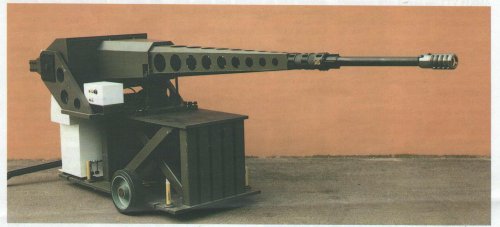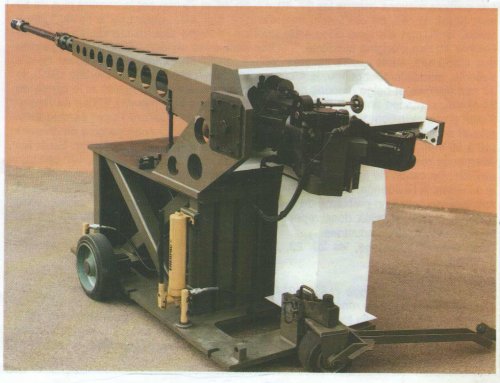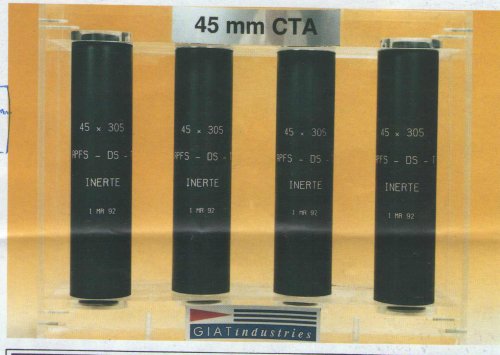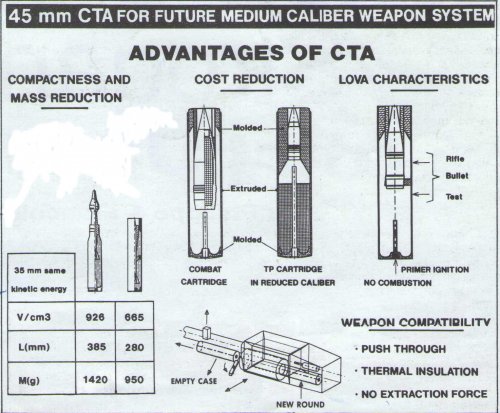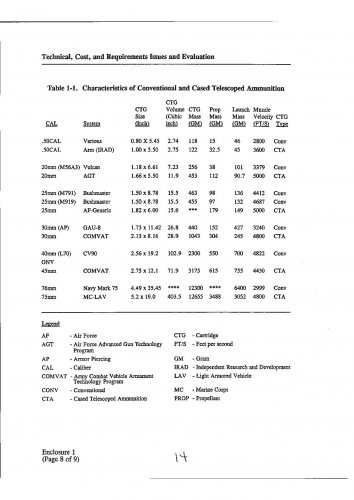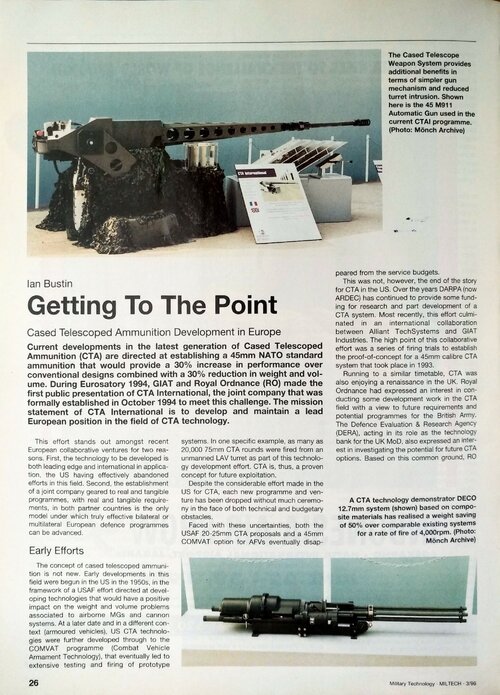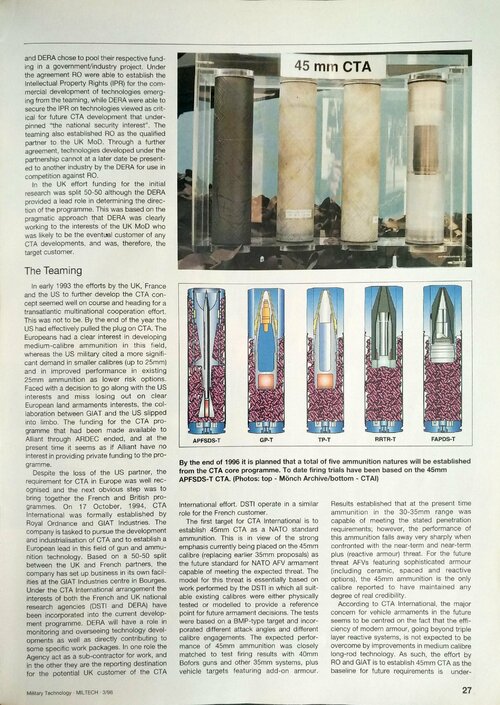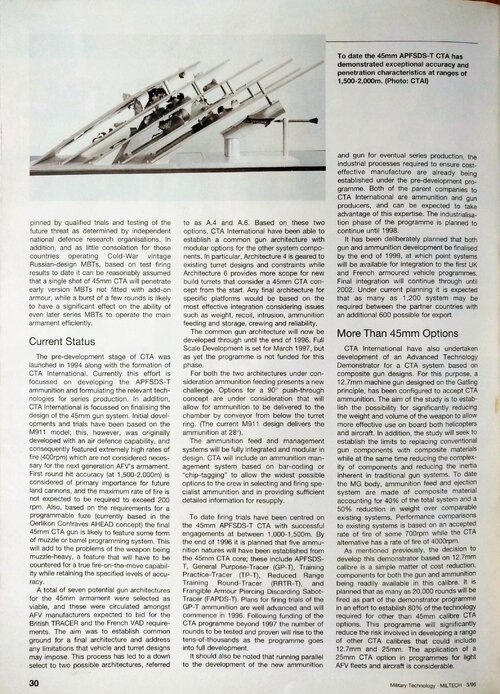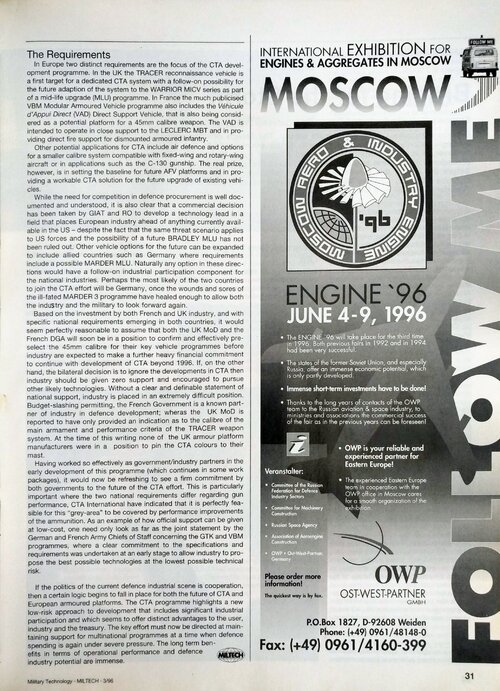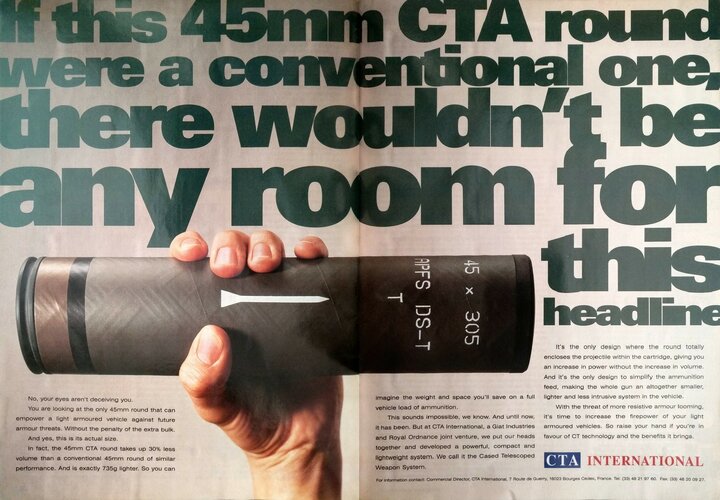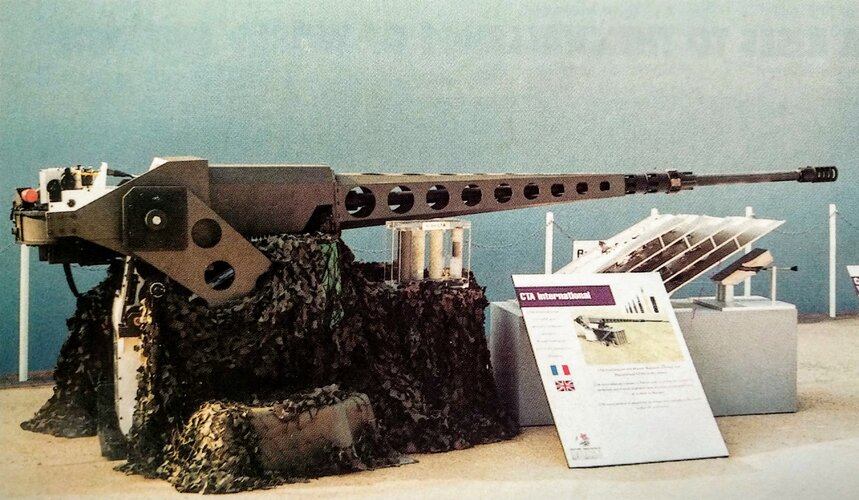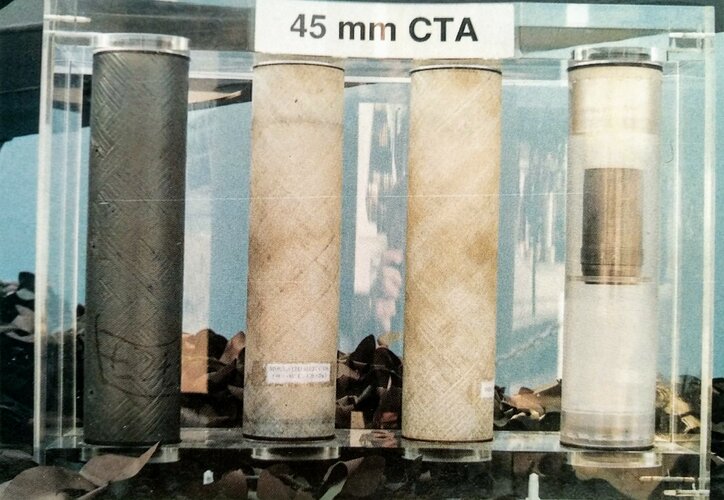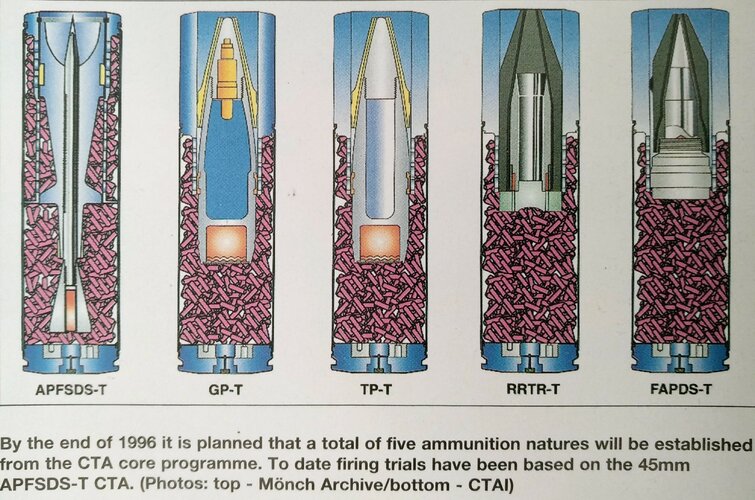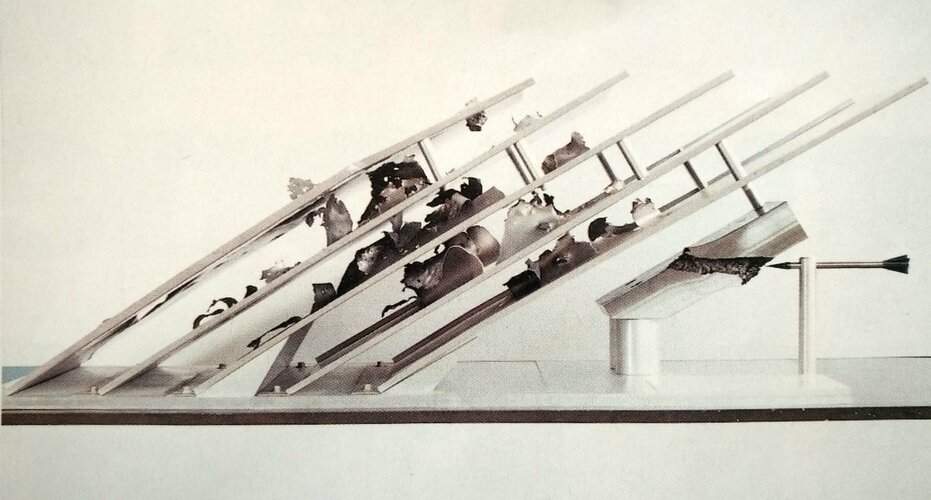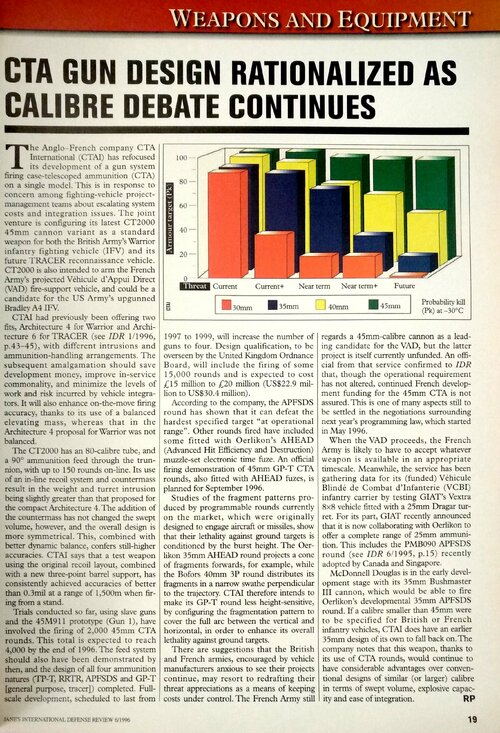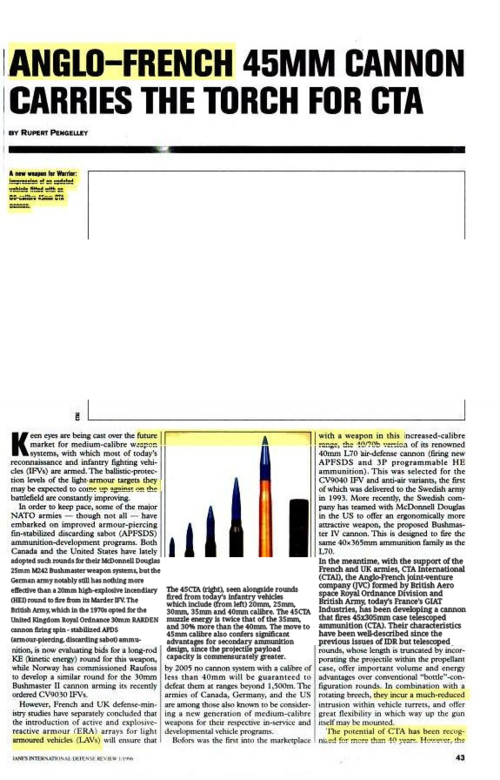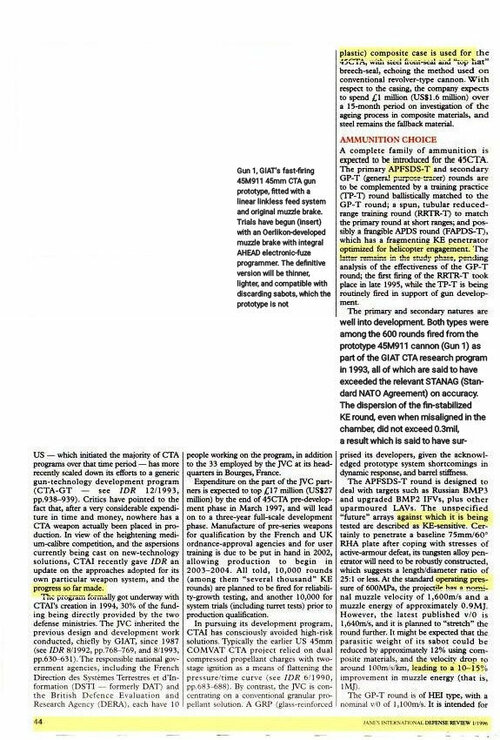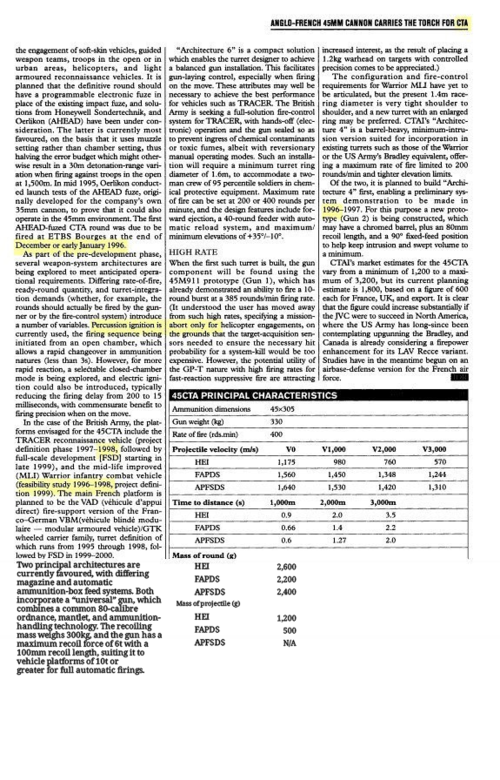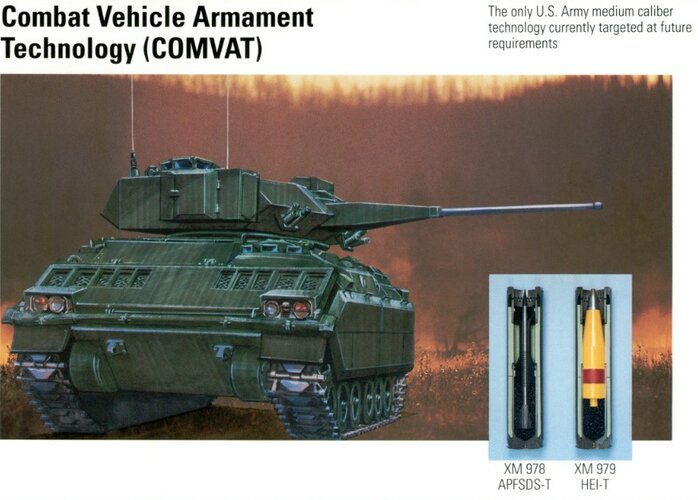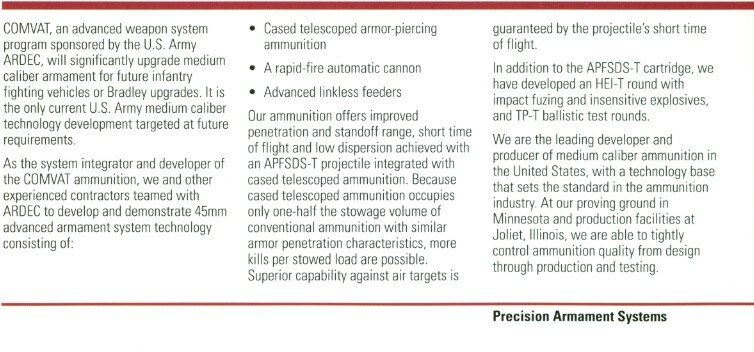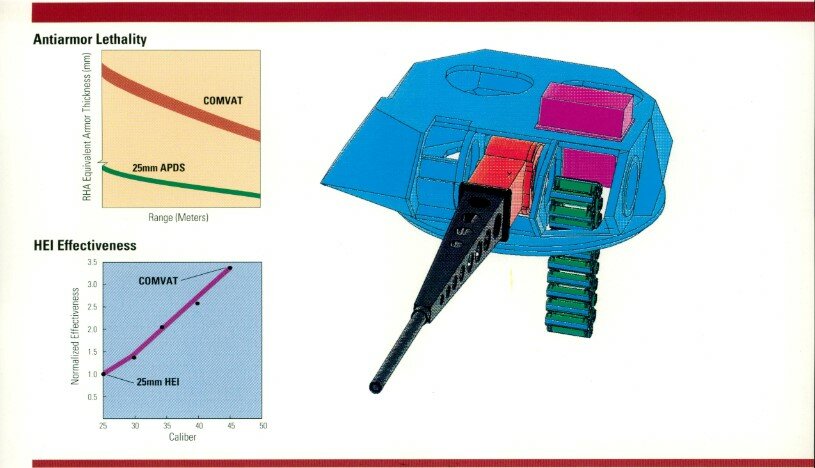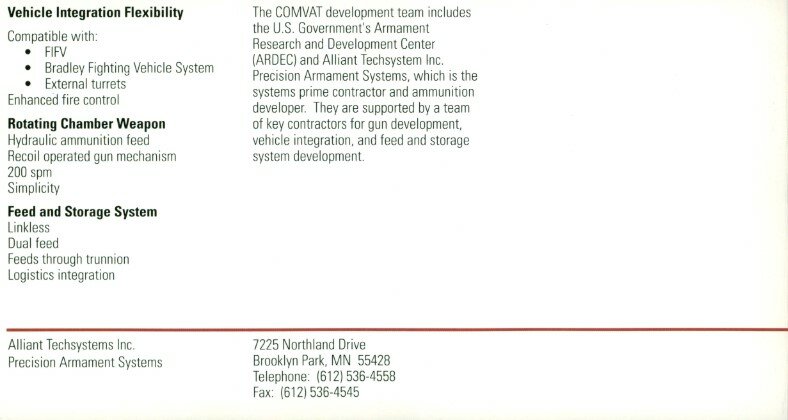45mm Comvat completes firing tests, both automatic and single fire, defeating targets of interest
Represents breakthrough in armament design ( More ammo/ stowed load for given volume because CTA, 50% lethality growth potential, reduced weapon station volume for more efficient turret and vehicle integration because of 'high survivability design', fewer moving parts (Probably because of linkless feed and chamber design), weighs 43% less than the rh503 cannon in 50mm configuration )
TRADOC didn't express any interest in any medium caliber cannons for FIFV ( read
https://emu.usahec.org/alma/multimedia/563768/20184655MNBT989110488F024533I029.pdf ) despite COMVAT being the lead candidate for the FIFV design
COMVAT was the only gun design of these 5 that offered significantly increased stowed/ ammunition load
and reduced weight
The 35mm RH503 will
NOT defeat the FIFV threat at ranges of interest ( Whatever that is and those are ) and the Germans also stopped or slowed worked on the 50mm version.
Because of lack of TRADOC support and funding for future development, COMVAT was set to be put on the back burner in 1992 and possibly killed despite advantages.
Questions of future interoperability, NATO Panel III is stressing for the standardization of the next NATO medium cannon caliber. If COMVAT dies and the Germans keep moving forward with the 35mm, the ability to influence future decisions is diminished. Try to attempt to sway the British and French and find others willing to pay R&D Costs and if possible, try international cooperation with the french and their own 45mm CTA program.

